
Confronted with the shocking truth about the Shadow Hand, Harvey retreats into the trippy confines of his mind. Consequently, “Good Harvey” and “Bad Harvey” have their long awaited face to face. At least, if you buy into Harvey’s deep psychological dissociation. In any case, Christian Ward seizes the opportunity to explore Tw0-Face’s life-long victimization from a rare point of view. Personally, it’s about time we ask ourselves which personality is a better representation of Harvey’s true self. The healing begins below when you’re ready!

Self-Incrimination
First and foremost, Tw0-Face #4 is entirely figurative. Ivan Plascencia and Fábio Veras take artistic liberties in personifying the character’s inner turmoil as an imaginary trial, including use of Judge Reaper as a homage to A Christmas Carol or the Alice in Wonderland homages in the court. Visually, the mindscape takes on a hallucinogenic but colorful vaporwave aesthetic. At times, the book feels like a freakish horror like The Cell (2000), but it also has the bleakness of a David Lynch noir like Mullholland Drive (2001) or James Mangold’s Identity. The use of color to elicit the coldness of his childhood sorrow, or immediate the horror of his abuse is a remarkable feature of this issue. Particularly, the near sepia tone memories Harvey warmly shares with his mother, or the heartbreakingly violent silhouettes of the nightmares he shares with his father.
In regards to his father, Ward revives the dream sequences and coin connections introduced in Batman Annual #14 (1990). However, Ward simplifies Harvey’s Freudian trauma with corny dialogue like “why daddy, why.” Most importantly, there are too many instances of Dent’s father forcing coins into every conversation. Arguably, because it takes place in the head of a mentally ill person, the memories don’t need realism. Although, even if it is embellishing the truth, it doesn’t make reading it feel any less like beating a dead horse. Additionally, Ward essentially adds nothing new to the multitude of meanings the character’s coin has gone through.

No Objections
The primary premise of this issue is Two-Face’s strong condemnation against his so-called “good personality.” Christian Ward posits the theory that Tw0-Face is a lockbox for all his pain and a scapegoat for Harvey’s evil deeds. Firstly, as an only child, Harvey shares secrets with his shadow self as someone to vent to. Then, like the Portrait of Dorian Grey the shadow self evolves into a way to bottle all of his negative emotions. Therefore, Exhibit C reveals that the shadow self becomes a way for Harvey to dissociate from everything bad. So, while Harvey can pretend to have a trauma free childhood, “Scarvey/Shadow” must endure their abusive reality. Lastly, following his disfigurement, Two-Face and the coin become the perfect excuses to indulge in bad behavior without guilt.
The one thing Two-Face doesn’t have is self-awareness. Ultimately, while Harvey remains perpetually clean, sometimes enabled by Batman appealing to his righteousness, Two-Face can take the blame. At the same time, Ward also seeds the idea that his mother is responsible for teaching this sabotaging coping mechanism. In fact, she also appears as a strong influential personality in his psyche to this very day. What the writer is saying, is that even the good parts of Harvey’s life contribute to the severity of his mental illness. Even after confronting himself with this information, Harvey can’t fathom being complicit in Two-Face’s deeds, preferring think of himself as a hostage of a psychopath. In actuality, Harvey isn’t sharing a body with anyone, but a personification of his own sorrow, pain, insecurities, and rage.

Recommended If…
- You’ve become a fan of Christian Ward’s Two-Face.
- You are comfortable with a lot of metaphors.
- Seeking a really good series to pick up.
Overall
Veras leads this issue with a creative depiction of a very ill mind struggling to make sense of its trauma. Creative choices such as literally splitting the personalities or merging young Harvey’s face with his mother’s makes this book a uniquely layered read with several metaphors and meanings. Yet, Ward’s take on Dent’s father doesn’t quite come together. Personally, I think it would be a thousand times more effective without the dialogue attempting to justify future aspects of the character. Just the horrifying silhouette of his father’s shadow manhandling the boy on a wall is effective enough. In contrast, the deep dive into “good Harvey’s” condemnation was tremendously interesting, and I didn’t mind the exploration of the mother as a somewhat newer element. Overall, this was a decently creative break from the main narrative, but seemingly too early for this kind of self-reflection.
Score: 7/10
DISCLAIMER: DC Comics provided Batman News with a copy of this comic for the purpose of this review.

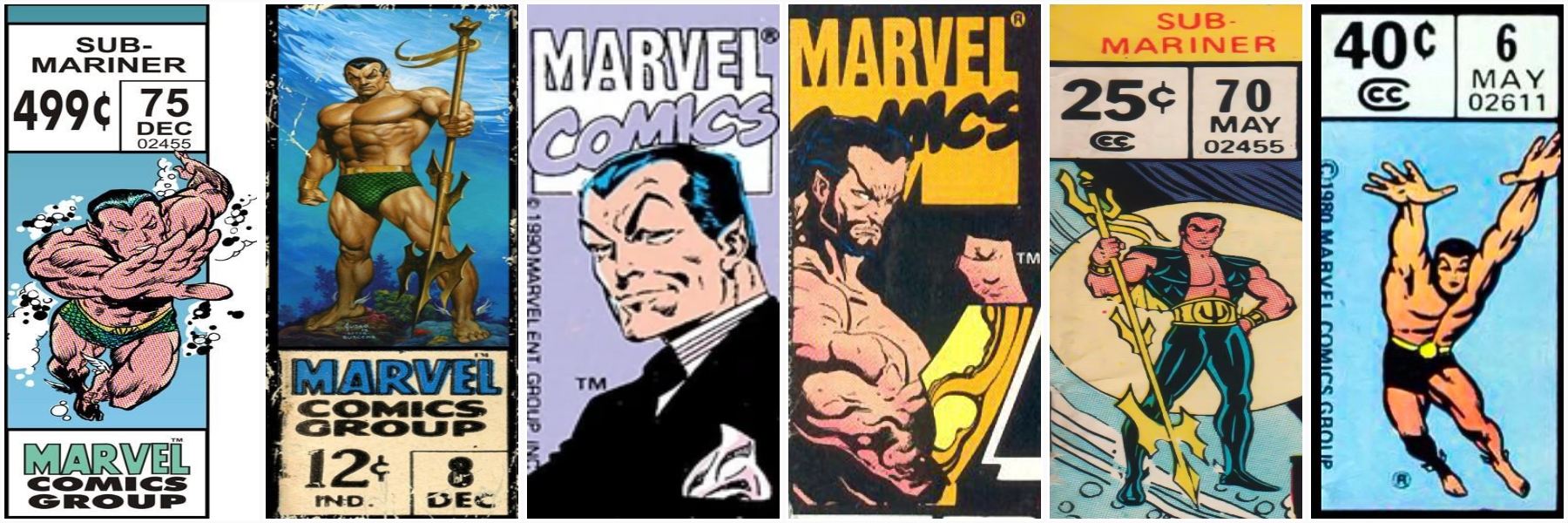


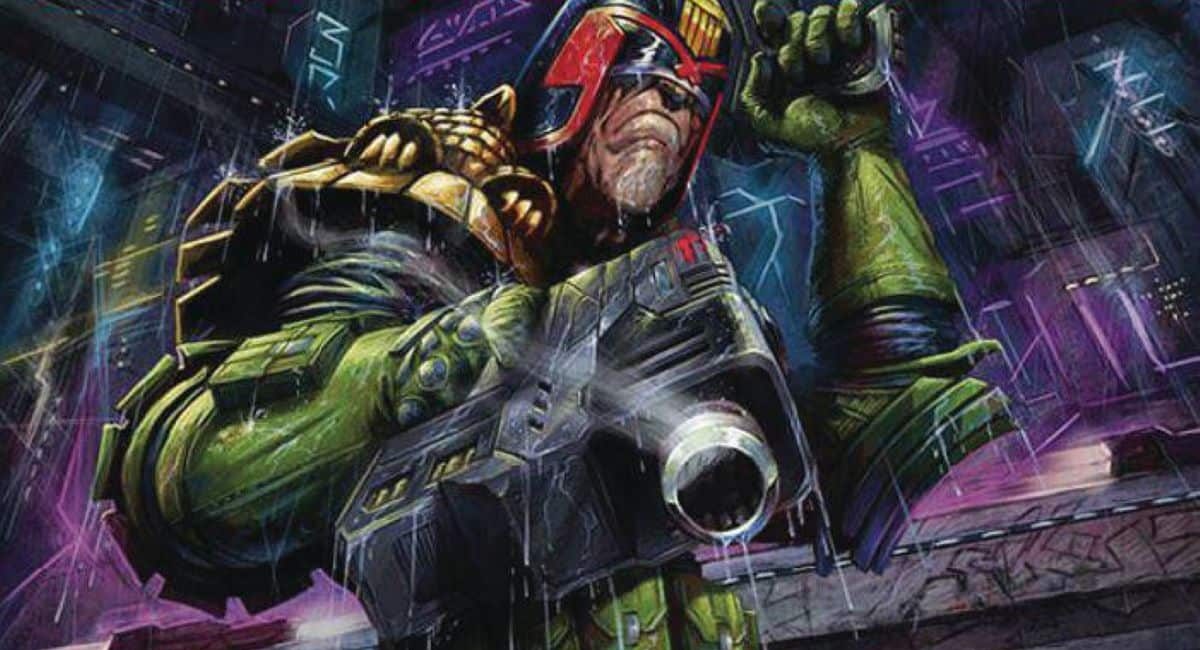
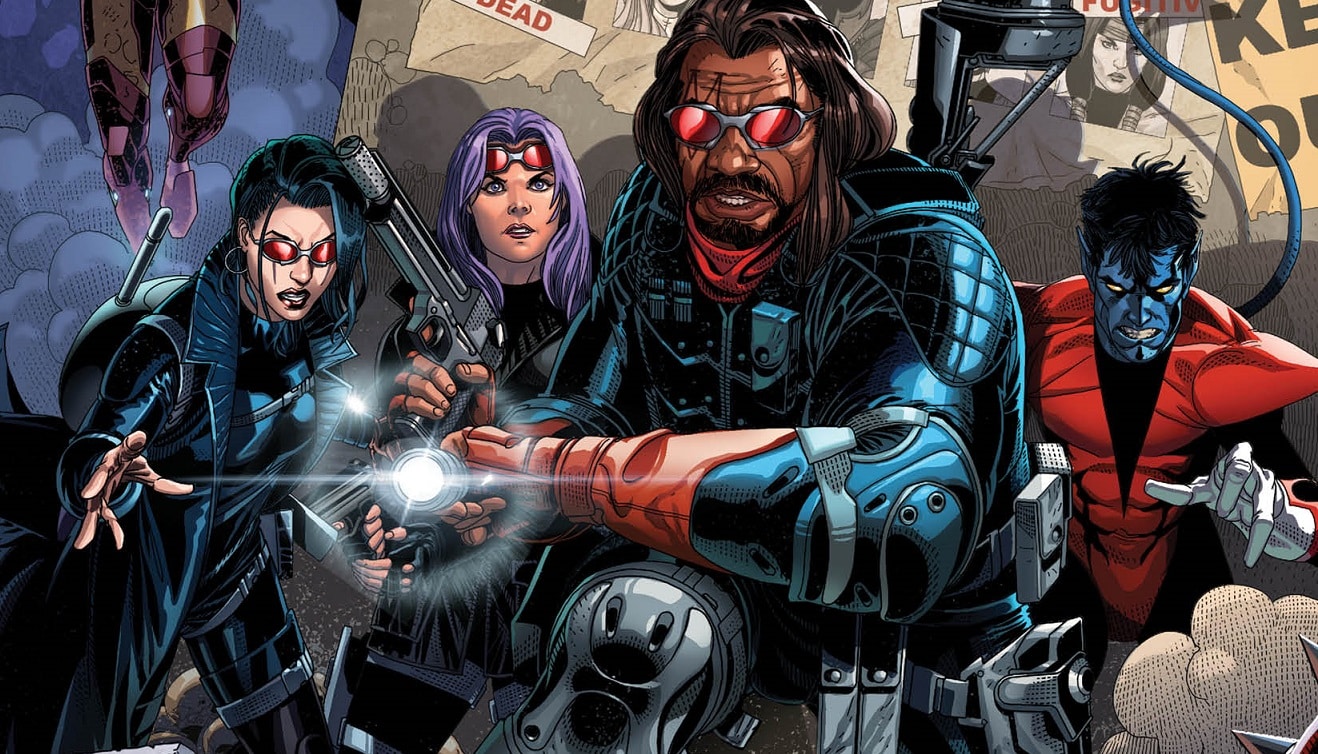


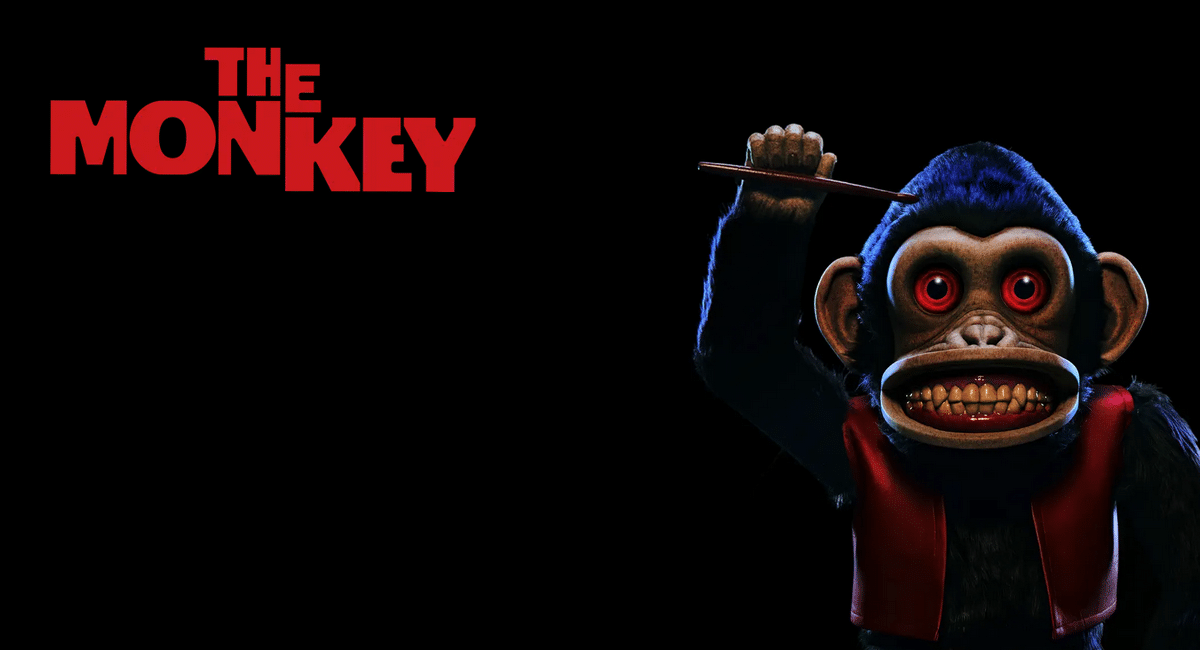


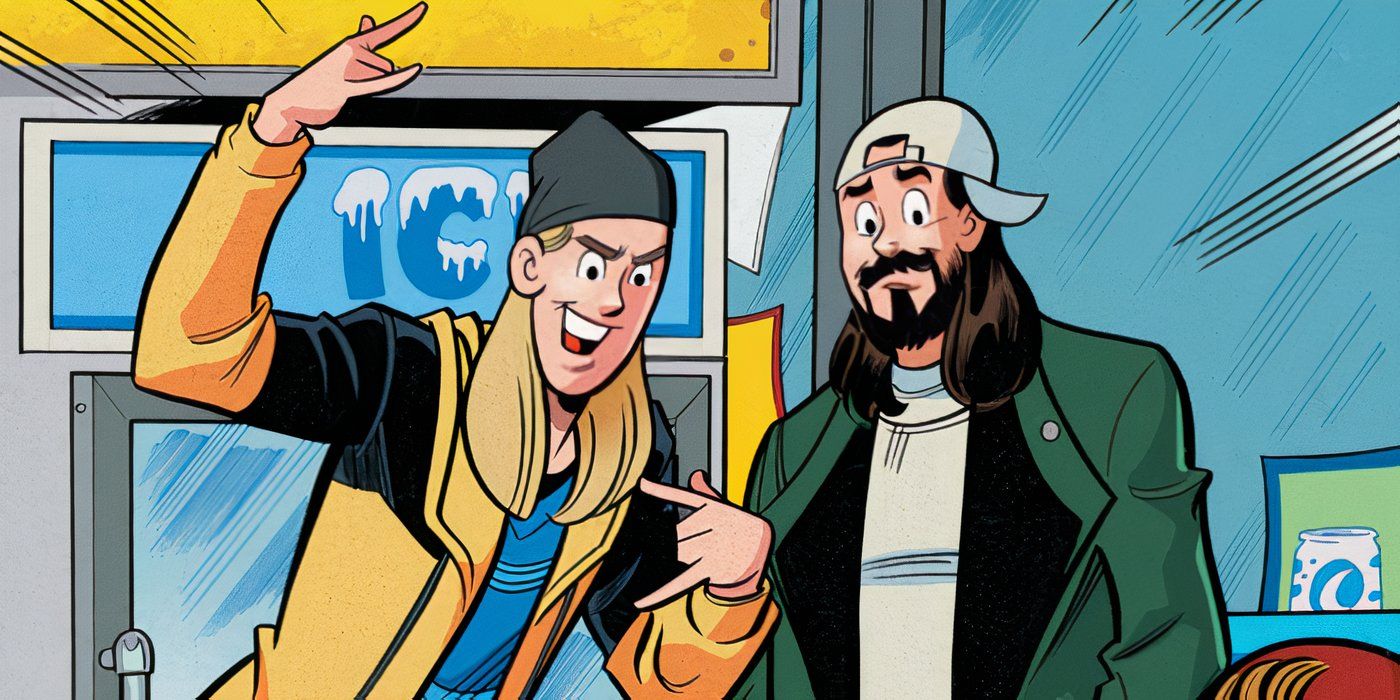
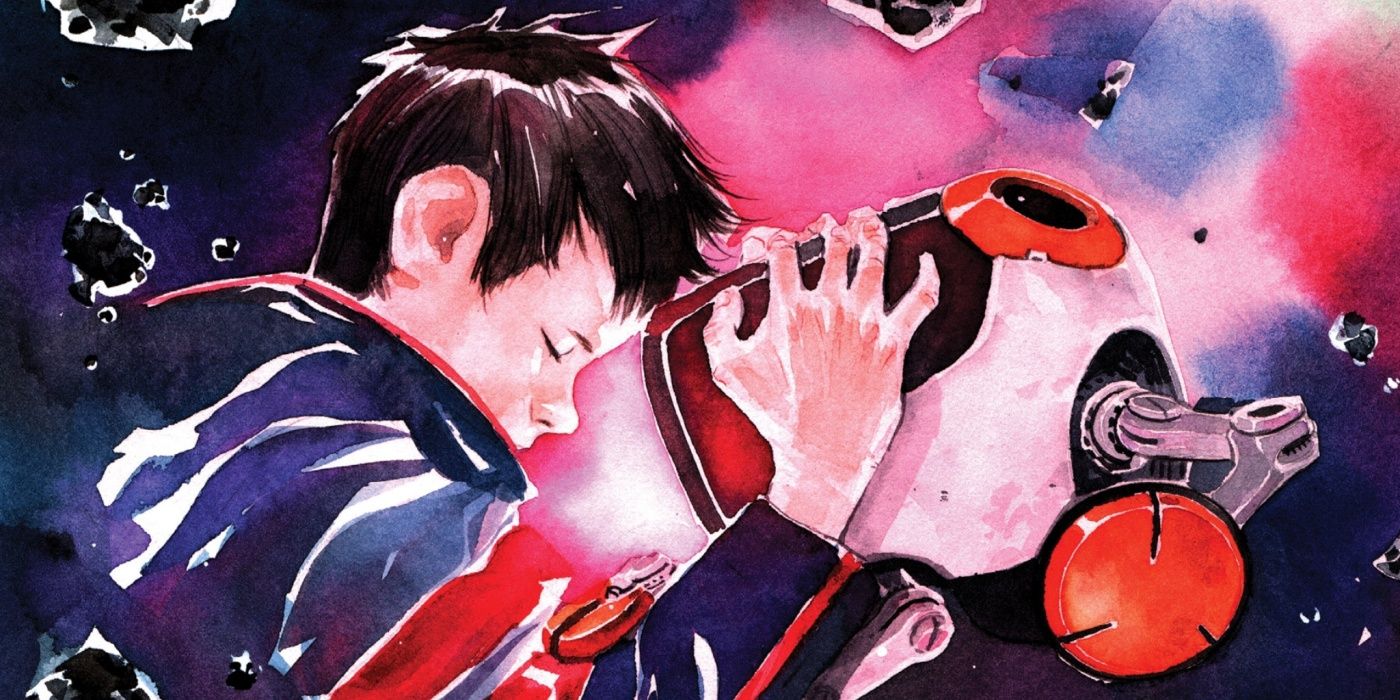


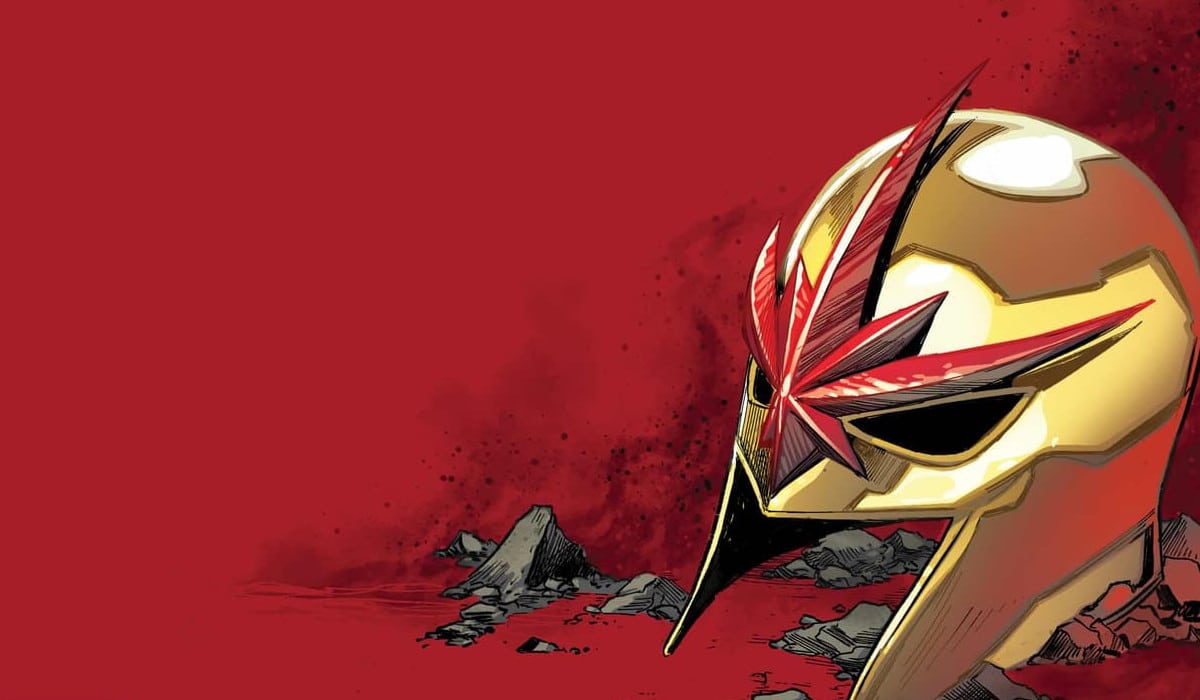

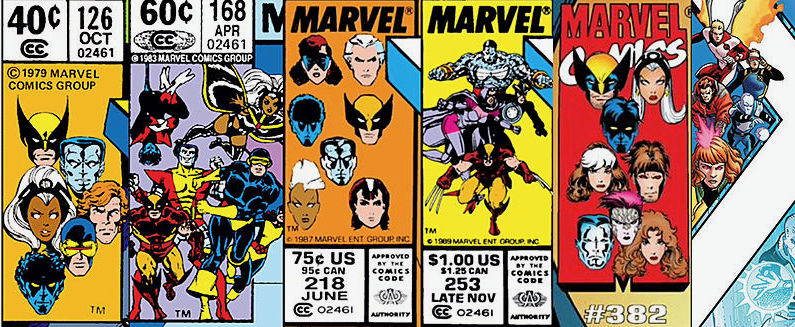

 English (US) ·
English (US) ·